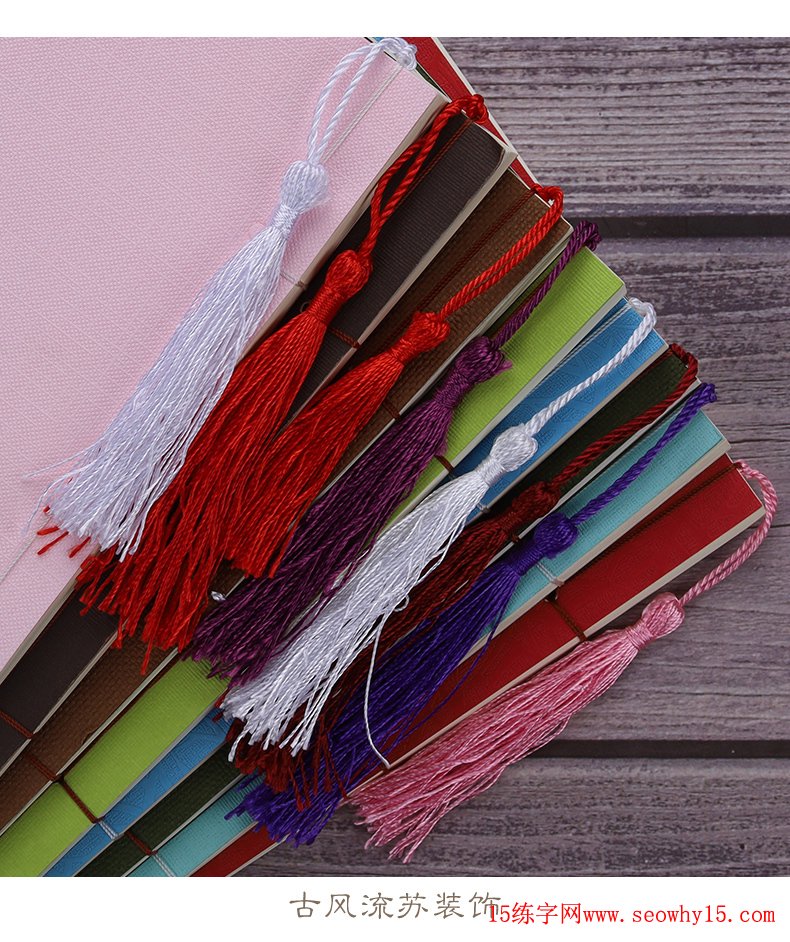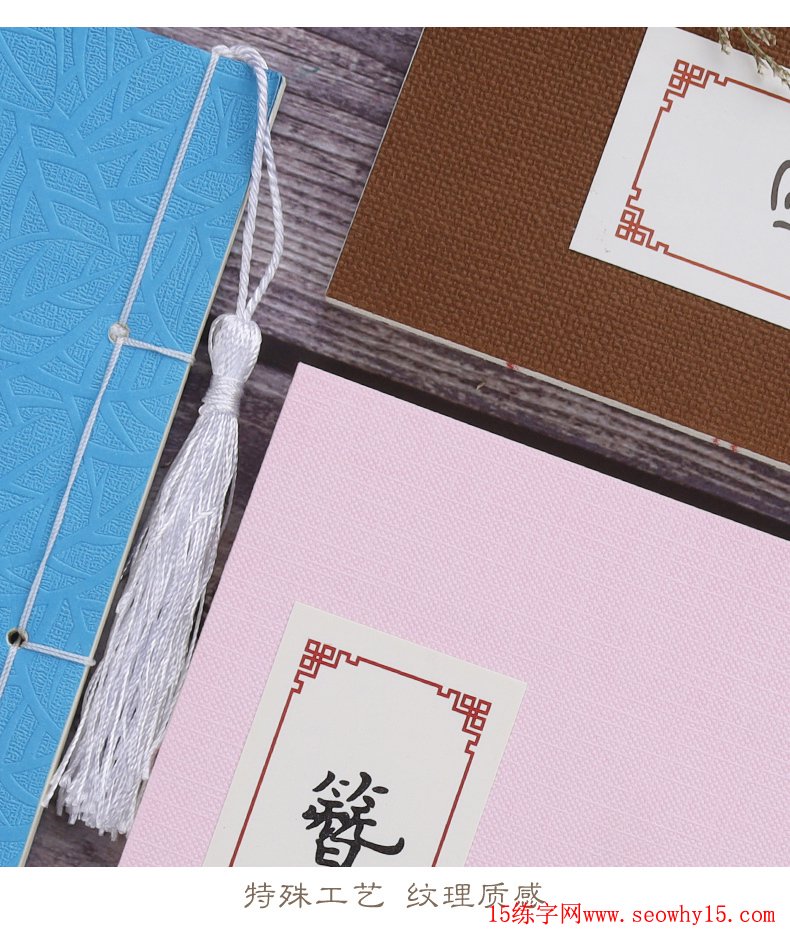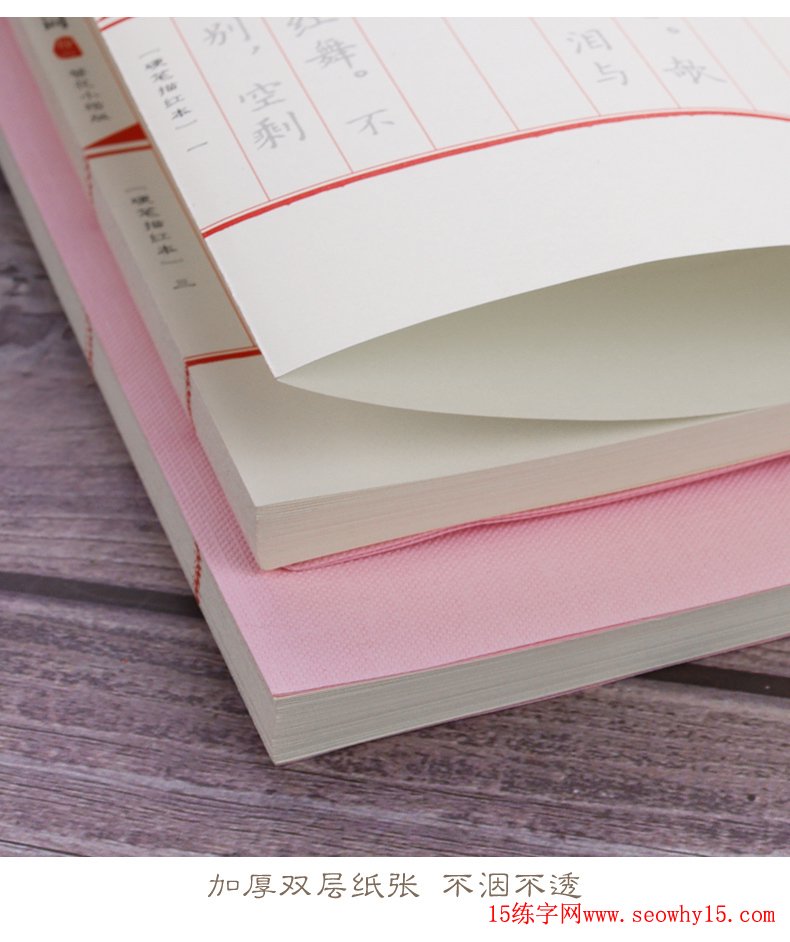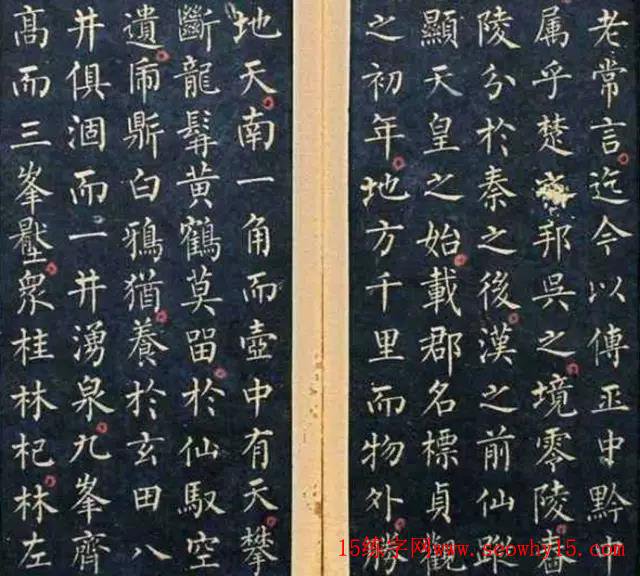A copybook suitable for girls to practice. If necessary, you can add Xiaomo WeChat below to learn more about Hairpin Flower Xiaokai.




Chu Suiliang's calligraphy is famous for its delicateness. For example, his "Preface to the Sacred Teachings of the Wild Goose Pagoda" is particularly suitable for you to practice; although Ouyang Xun's calligraphy is powerful, the font is small, the strokes are exquisite, and it is very eye-catching. Of course, girls can also practice it. His best copybook is of course "Jiucheng Palace Liquan Ming"; the other is Zhao Mengfu's calligraphy, which is graceful and soft as if it were boneless (so some people don't like him), but girls practice it best. You can also look for "Eight Poems of Qiu Xing" or "Ji An Zhuan" or "Tao Te Ching" in small regular script. In fact, I like "Tao Te Ching" the best. Speaking of small regular script, we have to mention the "Ling Fei Sutra", which is really a rare treasure! Let's mainly talk about the "Preface to the Sacred Teaching of the Wild Goose Pagoda"!

"The Preface to the Sacred Teachings of the Wild Goose Pagoda" is also known as "The Preface to the Sacred Teachings of Ci'en Temple". Fan Ershi, two stone carvings were erected in the fourth year of Yonghui reign of Emperor Gaozong of the Tang Dynasty (AD 653). They are both under the Big Wild Goose Pagoda of Ci'en Temple in Xi'an, Shaanxi Province. The first stone is a preface, the full name is "The Preface to the Sacred Teachings of the Tripitaka of the Tang Dynasty", written by Li Shimin, Emperor Taizong of the Tang Dynasty, and written by Chu Suiliang , 18 lines, 42 characters. The full name is "The Emperor of the Tang Dynasty narrates the Holy Teachings of Tripitaka" written by Li Zhi, Emperor Gaozong of the Tang Dynasty. It is written by Chu Suiliang, 20 lines, 40 characters, and the text is on the right. "Yanta Holy Teachings" "Preface" is the representative work of Chu Suiliang. He died six years after the book was written. It can also be said to be a masterpiece left in his later years. The font is thin and strong, and it is extremely rich and spiritual.
"The Preface to the Sacred Teachings of the Wild Goose Pagoda" uses both square and circular strokes in the writing, starting and stopping backwards; horizontal strokes are vertical, and vertical strokes are horizontal. There are ups and downs between the beginning and the end. There are certain rules. Zhang Huaijin of the Tang Dynasty commented on this book: "The beauty Chanjuan seems to be no lighter than Luo Qi, and she is graceful and graceful." Qin Wenjin also commented: "Chu Deng is good at writing, and his appearance is like Luo Qi's Chanjuan, and his expression is copper and iron. This stele is particularly graceful and charming. Yi, the waves are as smooth as a gossamer. The ability to convey the subtleties of turning points one by one, the essence of Moleh is the best among all the monuments in the Tang Dynasty."
Chu Suiliang (596~659), also known as Dengshan. His ancestral home is Yangzhai, Henan (now Yuzhou, Henan). He moved south to Qiantang, Hangzhou (now west of Hangzhou, Zhejiang) at the end of the Jin Dynasty. His father, Chu Liang, was one of the eighteen bachelors of the Qin Dynasty Li Shimin Literature Museum. When the official reaches Tongzhi, he will always serve as a casual rider. His book office studied under Ouyang Xun and others, followed Yu Shinan, and later learned from King Xizhi of France and integrated Han Li. Its characteristics are: the main text is rich and colorful, unique, and the cursive writing is smooth and varied, with many changes. At that time, he was as famous as Ou and Yu, and there were many scholars. Yan Zhenqing was also affected by it. "Book Review of the Tang Dynasty" said that Chu's calligraphy is "gold in the words, jade in the lines, gentle in rules, and beautiful in many ways." The handed down steles include "Tongzhou Tripitaka Preface to the Holy Religion", "Yi Qian Buddhist Niche", and "Master Meng's Stele". wait.
Suiliang had a broad knowledge of literature and history. In the tenth year of Zhenguan (636), he was moved from Secretary Lang to Living Lang. He was good at calligraphy, and his good calligraphy was recommended to Taizong by Wei Zheng, and he was appreciated. In the fifteenth year, he advised Taizong to suspend the practice of Zen. In the same year, Qi Julang moved to admonish the officials. During the Zhenguan period, Taizong favored his fourth son Wei Wangtai, and Suiliang proposed that the prince and kings should be treated according to certain standards. In the 17th year, the prince Cheng Qian was deposed for murdering King Tai of Wei. Suiliang and Changsun Wuji persuaded Taizong to make the ninth son Jin Wang Li Zhi the prince (i.e. Tang Gaozong Li Zhi). The following year, Suiliang was appointed as the Minister of Huangmen and participated in the government affairs. When Taizong planned the eastern expedition to Goguryeo, he held different opinions, especially against Taizong's personal expedition. In the 22nd year, he was appointed Zhongshu Ling. In the 23rd year, when Taizong was dying, he and Wuji were called together as ministers of Gu Ming. In the first year of Emperor Gaozong's Yonghui reign (650), Suiliang was impeached for forcibly buying the land of the translator of Zhongshu at a low price, and was appointed as the governor of Tongzhou. Three years later, he was summoned back and served as Minister of History and the third rank of Tongzhongshu, and he became prime minister again. In the fourth year, he served as the minister's right servant. In the sixth year, Emperor Gaozong wanted to depose Queen Wang and make Wu Zhaoyi his queen. He believed that Queen Wang was from a famous family and had no fault, so he tried his best to oppose the abolition. As a result, he was demoted as the governor of Tanzhou, then the governor of Guizhou (now Guilin, Guangxi), and then the governor of Aizhou (now Thanhhua, Vietnam). He died in his post in the third year of Xianqing (658).








